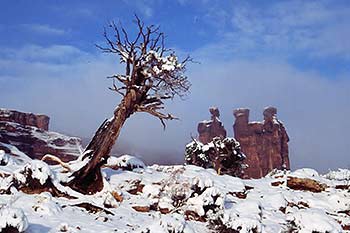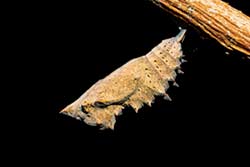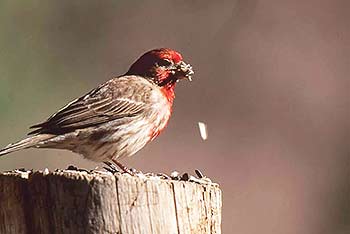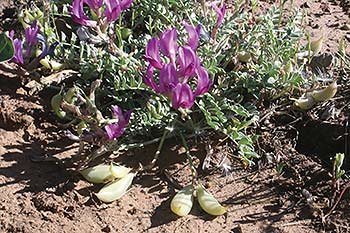 Winter’s transition to spring is marked by lengthening daylight hours, the swelling of cottonwood buds, the emergence of mourning cloak butterflies from their winter slumber, and the unfurling of wildflowers ripening in the sun. Throw in warming temperatures and songbirds stopping over on their northward migration and you’ve got signs that spring has sprung.
Winter’s transition to spring is marked by lengthening daylight hours, the swelling of cottonwood buds, the emergence of mourning cloak butterflies from their winter slumber, and the unfurling of wildflowers ripening in the sun. Throw in warming temperatures and songbirds stopping over on their northward migration and you’ve got signs that spring has sprung.
By the Spring Equinox, daylight hours will stretch to more than 12 hours a day, compared to the measly 9 ¼ hours of sunshine on New Year’s Day. This increase in photoperiod influences wildlife behavior in terms of emerging from hibernation, initiating a search for a mate, foraging, or continuing on their migratory path. The emergence of ground squirrels, bears, red-spotted toads, and various insects is testament to this seasonal change and heralds another turn round the sun.
In conjunction with the lengthening of daylight hours, daily temperatures rise throughout March, with average temperatures reaching into the low 60s by the middle of the month. However, occasional snow flurries are not uncommon during spring, dusting the canyons with a white softness. However, these cold snaps are minor road blocks during the progression of winter into spring.
The warmth also stimulates some insects to hatch or, as in the case of the mourning cloak butterfly, leave their overwintering hiding places beneath the protective confines of tree bark or perhaps some old barn walls. To survive winter’s cold, these butterflies lower the amount of water in their bodies and produce antifreeze-like chemicals that keep them alive. These are long-lived butterflies, up to 12 months. A female will lay her eggs on the leaves of budding trees and the jagged chrysalis that develops will eventually bear another generation of these desert dwellers.
In addition to the larger butterflies, smaller flying insects hatch from eggs deposited prior to winter and these creatures seek out early season flowering plants for nectar or pollen. Several members of the Carrot family (Apiaceae) such as Fendler’s spring-parsley, wide-winged spring-parsley, Parry’s  biscuitroot, and Canyonlands biscuitroot are all early season wildflowers which attract these insects as pollinators. The low-growing plants bear flat-topped umbels of flowers which form petalous landing platforms for these insects to wander about in search of nectar or pollen. These early season insects in turn sustain Say’s phoebes, a small buff-colored flycatcher, that may be observed swooping down to the ground from its perch to pick off prey.
biscuitroot, and Canyonlands biscuitroot are all early season wildflowers which attract these insects as pollinators. The low-growing plants bear flat-topped umbels of flowers which form petalous landing platforms for these insects to wander about in search of nectar or pollen. These early season insects in turn sustain Say’s phoebes, a small buff-colored flycatcher, that may be observed swooping down to the ground from its perch to pick off prey.
Other flowers that bloom early in the season are members of the Pea family (Fabaceae) such as Pursh’s milkvetch, woolly locoweed, and crescent milkvetch. These colorful flowers tend to attract bees as pollinators, again testament to the warming weather. These wildflowers vary from the common paintbrush with its bold red flowers which seem out of place early in the season as these flowers are often visited by hummingbirds as pollinators. Though these paintbrush plants do need pollinators to reproduce, they may parasitize other plants such as grasses or sagebrush through parasitic rootlike “haustoria” which attach to the roots of a host plant and siphon off nutrients.
Besides the phoebe, there are other birds that start to appear in the Canyon Country as they either pass through on their northward migration or show up for the breeding season. Waterfowl, sandhill cranes, turkey vultures, and some songbirds announce the changing seasons. And not to be outdone, some of the year-round residents, such as Canada geese and great-horned owls, may already be sitting on eggs, a sure sign that the incubation of spring is underway.